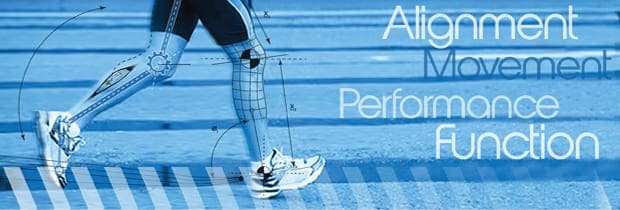The procedure termed pressure plate analysis is basically a test which is conducted to assess the force experienced by the feet of the person while he or she takes part in activities including lifting a load or running and walking. To determine the amount of force, an advanced machine is used. The machine then produces a graphical image that depicts the pressure on each part of the patient’s foot. Essentially, the purpose of a pressure plate analysis is to know which part of the foot experiences the highest amount of pressure.
Pressure Plate Analysis – The Procedure
It is basically a straightforward procedure, and it can be completed in only a few minutes. The analysis is performed by an orthoptist. For a plate analysis, the patient is asked to walk or run on an object similar to a mat which is fitted with sensors. This mat is known as a pressure plate. In some cases involving plate analysis, the patient might be asked to stand still too.
A computer is linked to the plate, and it displays information about how pressure is distributed in your feet. As mentioned earlier, on the plate you’ll find sensors that assess the pressure. After a thorough evaluation, the information is shown as a graph.
Is there any purpose of the plate analysis?
Now that you know what pressure analysis is and how the procedure takes place, you might be confused about its relevance. However, know that plate analysis has many benefits. So, it is a good idea to get the test done. Apart from being simple, the process is also easy and hardly time-consuming. Moreover, it produces accurate results and shows exactly how the pressure of your body is distributed on your feet. Moreover, with the analysis, you can also compare how the pressure is distributed in both your feet.
Advantages of Plate Analysis
As mentioned above, plate analysis has numerous benefits. These include the following:
- Can help diagnose diseases due to a pressure imbalance Low back pain, as well as pain that is experienced along your lower limbs, occurs because the forces on your feet are distributed unequally. This means that with this analysis, you can get various conditions diagnosed as well as treated that occur because of an imbalance in pressure distribution.
- Helps find treatment for peripheral neuropathy Your gait is directly influenced by foot pressure. If you are confused, then gait refers to the position you take while you run, walk, or stand. Your gait is influenced because of the support that feet provide while functioning.
For this reason, plate analysis can help assess patients that have been diagnosed with peripheral neuropathy. It is such a condition which causes the muscles of peripheral structures to weaken. Consequently, there is uneven distribution of pressure on the feet. Thus, with the analysis, an orthosis can get the knowledge he or she needs to treat your condition. - Helps treat other diseases Certain medical problems such as problems in the musculoskeletal system also often weaken the peripheral muscles. The result of these conditions is also an uneven distribution of the force of the body. Consequently, the gait of an individual is poor and pain in the lower limbs also becomes quite common. With a plate analysis, the specialist or the consultant hired can get the required information on the distribution of pressure. After analyzing the information, the specialist can recommend the correct treatment option for alleviating the pain experienced.
- Beneficial for sportsmen and athletes As mentioned before, plate analysis is highly useful for diagnosing and treating numerous conditions that occur because of uneven pressure and force distribution. Apart from that, sportsmen can also benefit from this analysis. They can know how the pressure in their foot is distributed and then they can use the information to enhance their performance. At the same time, they can ensure their muscles are not ruptured.























































